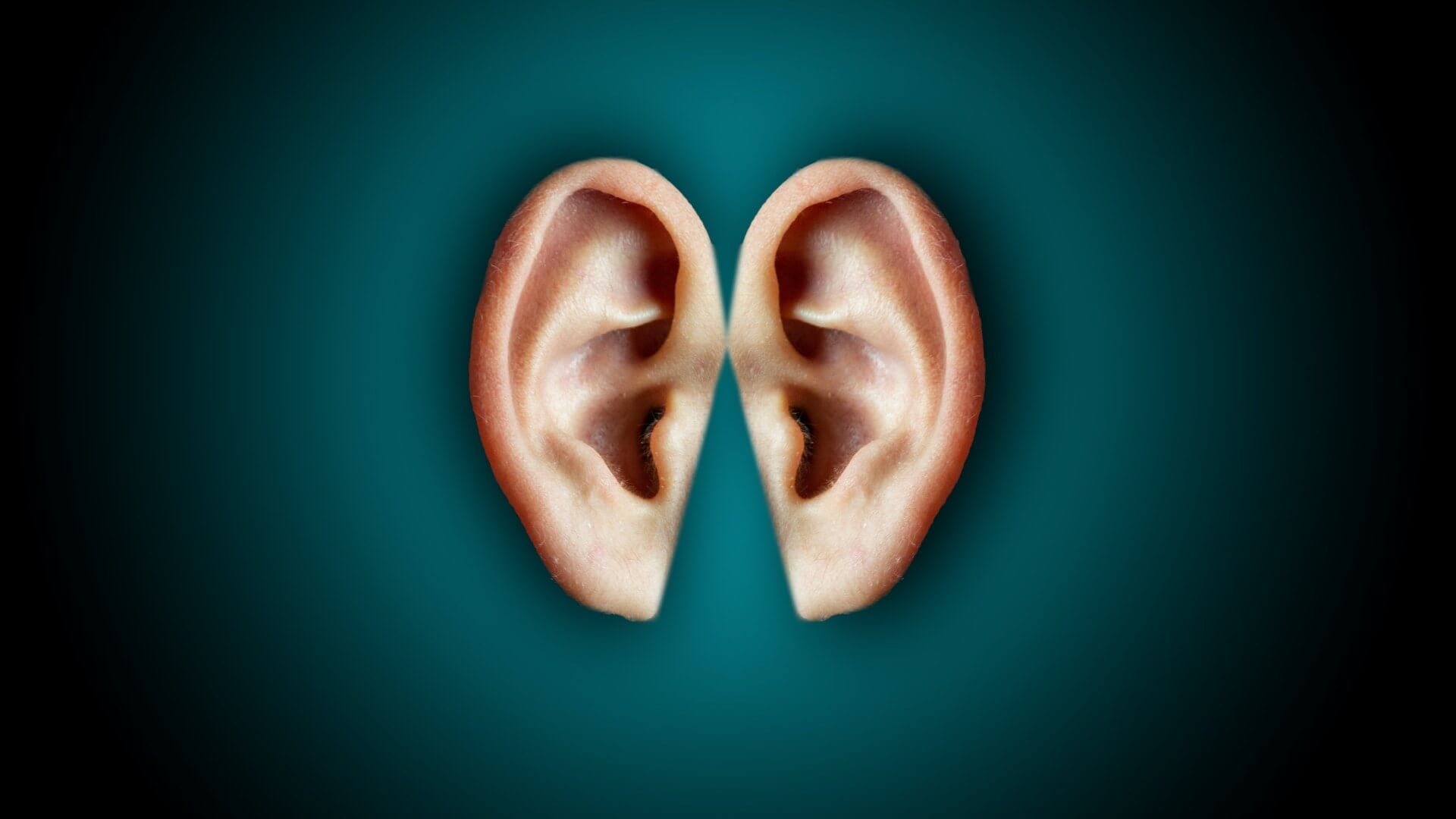Usher syndrome is a rare genetic ailment that affects both hearing and vision, making it a one-of-a-kind and challenging condition with sensorineural hearing loss as one of its distinguishing features, affecting people from a young age and progressing over time.
Table of Contents
Recognizing Usher Syndrome
The most prevalent sensory impairment is hearing loss, affecting around 466 million individuals globally, or 5% of the total population, and a significant percentage of hearing loss is inherited. Hearing loss can be classified as either syndromic, meaning it coexists with a variety of other clinical symptoms, or non-syndromic, meaning it is the sole clinical manifestation.
Usher syndrome is a syndromic type of hereditary hearing loss that is frequently accompanied by vestibular dysfunction and visual impairment linked to retinitis pigmentosa. It is the most typical cause of blindness in the deaf.
It is a rare genetic condition that affects around 1 in 6,000 to 1 in 10,000 persons globally. It is inherited in an autosomal recessive way, which means that to acquire the syndrome, an individual must inherit two copies of the defective gene (one from each parent).
Usher Syndrome and Sensorineural Hearing Loss
Sensorineural hearing loss, which manifests from birth or early infancy, is a key characteristic of Usher syndrome. Damage or deformation of the sensory hair cells in the inner ear or the auditory nerve causes this type of hearing loss. These hair cells are in charge of turning sound vibrations into electrical signals that the brain can understand.
Several causes contribute to sensorineural hearing loss in the setting of Usher syndrome:
It is caused by genetic abnormalities that disrupt the formation and function of sensory cells in the cochlea, which is a spiral-shaped, fluid-filled organ in the inner ear. Mutations in multiple genes are linked to distinct forms of Usher syndrome, resulting in diverse degrees of sensorineural hearing loss.
Some people with Usher syndrome have physical cochlear abnormalities. These anatomical flaws can further hamper the cochlea’s capacity to send sound information to the auditory nerve. Also, it’s good to know that hearing loss in Usher syndrome is progressive. The sensory cells in the cochlea degenerate with time, resulting in a progressive loss of hearing sensitivity. This deteriorating mechanism separates Usher syndrome from other types of congenital hearing loss.
Sensorineural Hearing Loss in Usher Syndrome: Symptoms and Progression
The symptoms and course of sensorineural hearing loss in Usher syndrome differ based on the kind of hearing loss and the genetic abnormalities involved.
We’ll look at the features of sensorineural hearing loss in each Usher syndrome subgroup here:
Usher Syndrome Type 1 (USH1): In terms of hearing loss, this is the most severe variant of Usher syndrome. Individuals with USH1 have significant sensorineural hearing loss from birth, which means they have little to no hearing. They often communicate through sign language or cochlear implants. Furthermore, hearing loss in USH1 patients advances significantly during childhood and adolescence.
Usher Syndrome Type 2 (USH2): From birth, USH2 is characterized by moderate to severe sensorineural hearing loss. In contrast to USH1, the course of hearing loss in USH2 is gradual, with most people preserving some residual hearing into adulthood. To address this hearing loss, hearing aids, and cochlear implants may be employed.
Usher Syndrome Type 3 (USH3): USH3 is the most uncommon kind of Usher syndrome. It is distinguished by gradual hearing loss that usually occurs in late childhood or adolescence. Individuals with USH3 may have normal hearing at first, but their hearing deteriorates with time. As people become older, they may experience severe hearing loss.
I Have Usher Syndrome: What To Do?
Given the hereditary basis of the disorder, identifying the precise genetic alterations linked with Usher syndrome is critical in order to guide proper care and intervention techniques.
- Audiological Evaluation: Audiologists are critical in determining the severity and development of sensorineural hearing loss in Usher syndrome patients. Pure-tone audiometry, speech audiometry, and auditory brainstem response (ABR) tests are used to detect the level of hearing loss.
- Genetic testing: is required to confirm the diagnosis of Usher syndrome and to determine the exact genetic abnormalities implicated. This information is critical for assessing the prognosis and adapting treatment choices to the needs of the person.
- Communication tactics: Because Usher syndrome is linked with significant or severe hearing loss, patients frequently require specific communication tactics. Sign language, lip-reading, and auditory-verbal therapy are all prominent methods for improving communication.
- Cochlear implants and hearing aids: People with Usher syndrome may benefit from cochlear implants or hearing aids, depending on the degree of their hearing loss. These gadgets improve communication and quality of life by amplifying sound and providing access to auditory information.
Sources
- https://www.tandfonline.com/doi/full/10.1080/
- https://www.ncbi.nlm.nih.gov/pmc/articles/PMC8068832/





